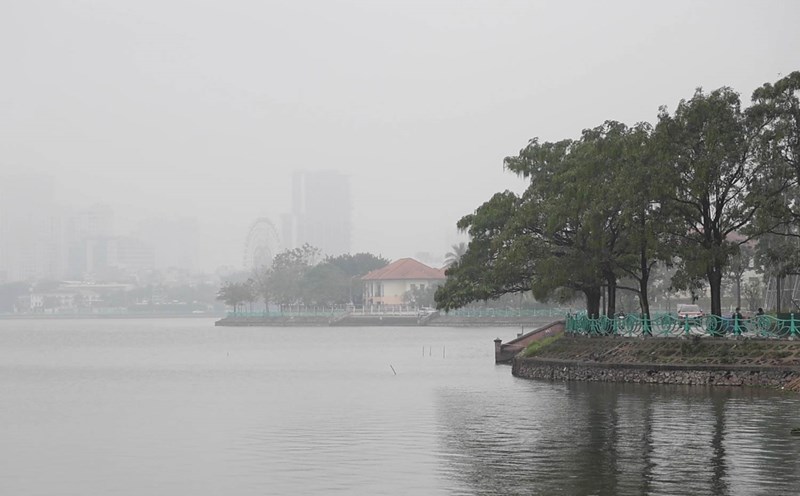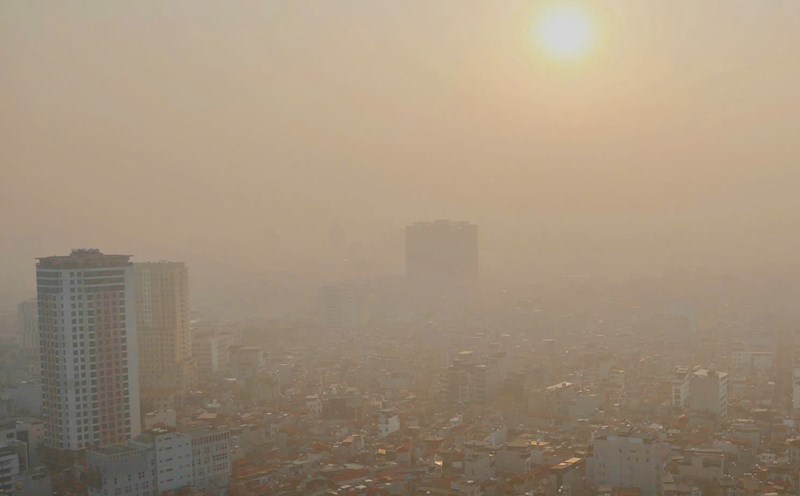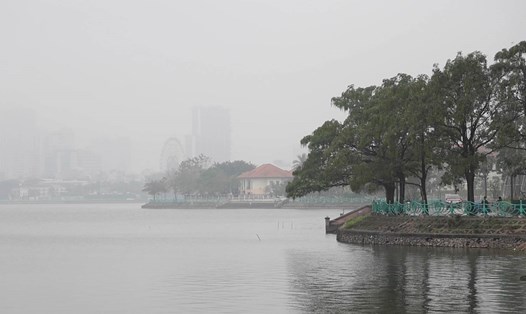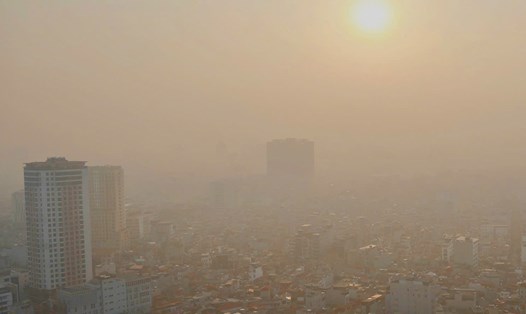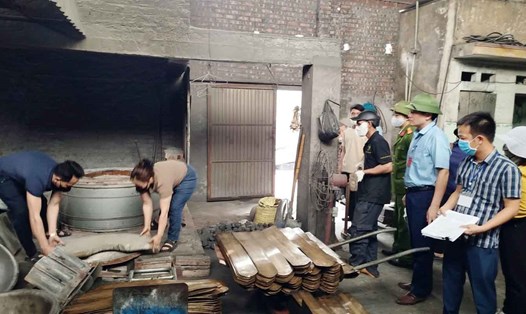Ho Chi Minh City is one of the largest urban areas in Vietnam, with rapid urbanization and high population density. However, in parallel with socio-economic development, the city is facing serious air pollution.
The Air Quality Index (AQI) in Ho Chi Minh City often exceeds the safe threshold, especially during peak hours. Many areas such as District 1, District 5, Binh Thanh District and Thu Duc City recorded high levels of PM2.5 fine dust, directly affecting people's health.

Ho Chi Minh City is implementing many solutions such as reducing the rate of use of personal vehicles, especially motorbikes, increasing the rate of use of public transport such as metro, bus, and encouraging the use of bicycles. Ho Chi Minh City has also gradually replaced DO fuel with compressed natural gas (CNG), encouraging the use of electric vehicles.
At the same time, focus on developing green parks and expanding green areas in residential areas, schools, and agencies. Ho Chi Minh City also prioritizes finance and diversifying resources to manage air quality.
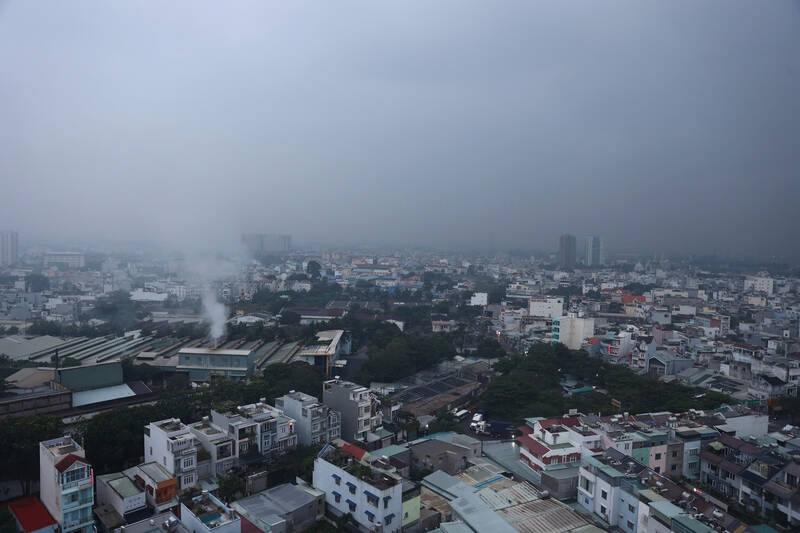
According to Master Nguyen Thi Minh Tam - Ho Chi Minh City University of Economics and Finance, socio-economic development in Ho Chi Minh City takes place along with the process of industrialization, modernization and urbanization. However, pursuing the goal of rapid economic growth and urbanization over the years, Ho Chi Minh City has had to "pay the price" for the losses in resources and the environment.
Notably, the latest report from the Ho Chi Minh City Environmental Protection Department shows that the air pollution in Ho Chi Minh City still shows no signs of improvement, pollution caused by smoke and dust is still high in the gateway areas of Ho Chi Minh City.
On all gateway routes of the city such as: Hanoi Highway, National Highway 22, National Highway 1A, National Highway 13 ... a series of sections of the road are covered with dust and smoke. Especially in areas connecting to the East-West Avenue on National Highway 1A, the An Suong intersection on National Highway 22, the Binh Phuoc intersection on National Highway 13, the Cat Lai intersection, Rach Chiec bridge on Hanoi highway... the air pollution is serious.
The main cause of common air pollution in the city is factory smoke and motor vehicles. The rate of increase in the number of motor vehicles is the level of air pollution getting worse, making Ho Chi Minh City one of the cities with the highest air pollution in Asia.
Another worrying thing is that the amount of lead continues to appear in the air mass in Ho Chi Minh City even though lead-based gasoline has been banned for a long time. Chi has reappeared in the city's atmosphere since 2008 and has shown no signs of abating.
Therefore, Ho Chi Minh City needs to synchronously implement a number of solutions associated with economic development, urbanization and environmental protection. Change the thinking and awareness of the team of management leaders, business community and residents. Integrating and linking environmental issues in the process of planning, plans for socio-economic development and urbanization of the city; creating capital for urban infrastructure development and environmental protection.

